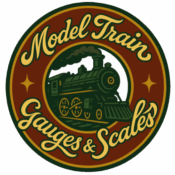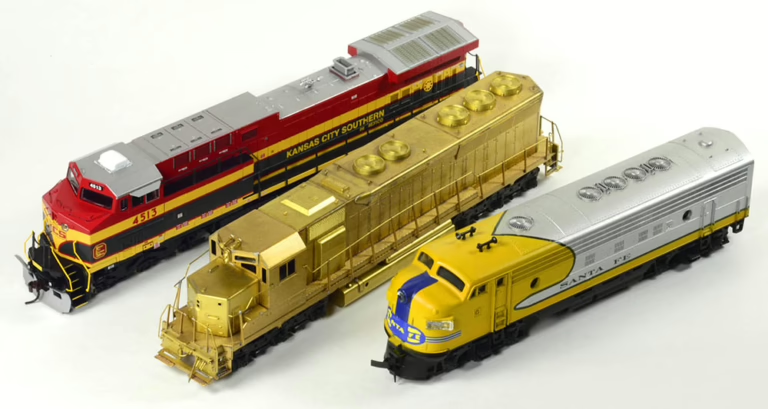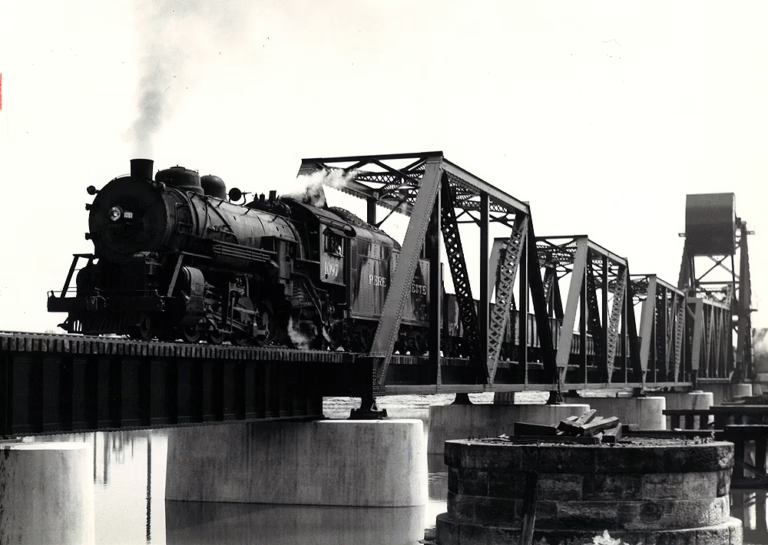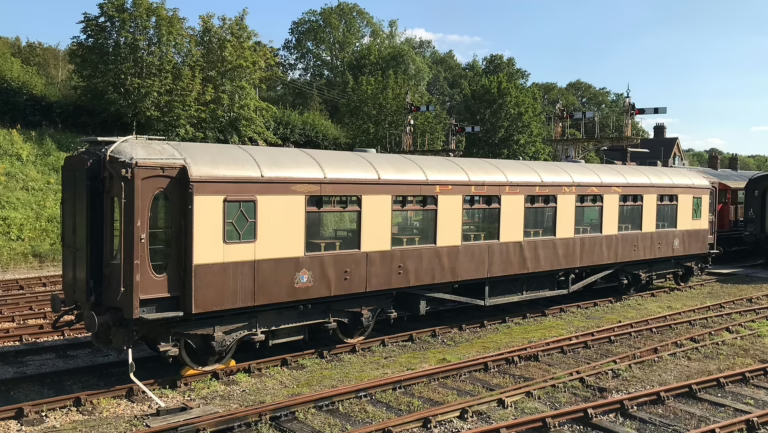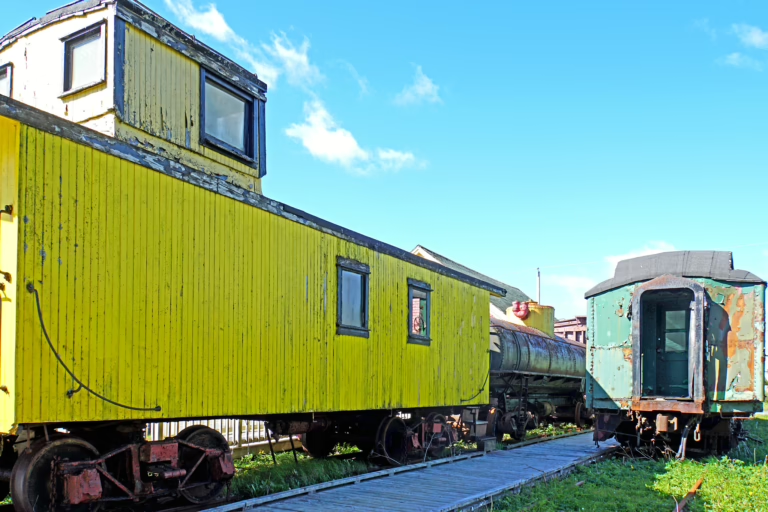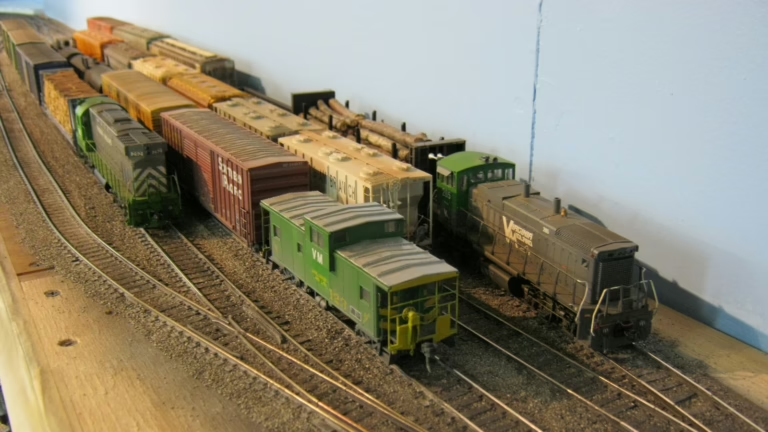A Beginner’s Guide to Steam Locomotive Types: From Real Rails to Model Tracks

Steam locomotives drove the industrial revolution and continue to inspire model railroading. In this guide, we explore the different types, their eras, purposes, nicknames, and model equivalents—perfect for newcomers and enthusiasts alike.
Understanding Wheel Arrangements: The Whyte Notation
Whyte Notation is a system developed in the early 20th century by Frederick Methvan Whyte to describe the wheel arrangement of steam locomotives. It’s widely used in the U.S. and other English-speaking countries.
The system uses a three-part numeric format: Leading Wheels – Driving Wheels – Trailing Wheels
For example, a 4-6-2 means:
- 4 leading wheels (usually in a pilot truck)
- 6 driving wheels (connected to the pistons)
- 2 trailing wheels (supporting the firebox)
Components Explained:
- Leading Wheels: Guide the locomotive into curves; improve stability at speed. Commonly 0, 2, or 4 wheels.
- Driving Wheels: Powered wheels that provide traction. Typically 4, 6, 8, 10, or more.
- Trailing Wheels: Support the rear of the locomotive, especially larger fireboxes. Often 0, 2, or 4 wheels.
Special Cases:
Articulated Locomotives
Some large locomotives have multiple sets of driving wheels under separate frames, like the 4-6-6-4 Challenger or 4-8-8-4 Big Boy. Each section of wheels is treated as a distinct part of the notation.
Whyte Notation helps modelers choose engines that match layout space, curve radius, and historical theme.
Common Types of Steam Locomotives (and Their Model Equivalents)
0-6-0 – The Yard Goat
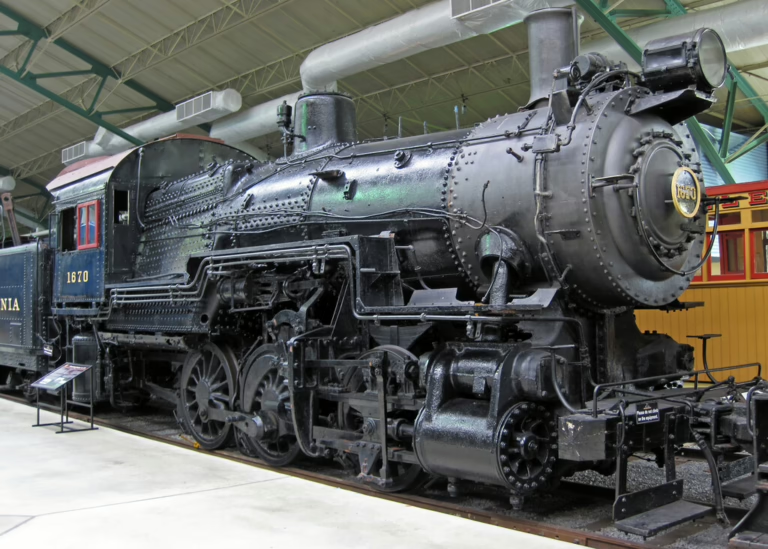
4-4-0 – The American
- Era: 1830s–1890s
- Use: Early mainline passenger
- Model Suggestion: Bachmann 4-4-0 Old-Time
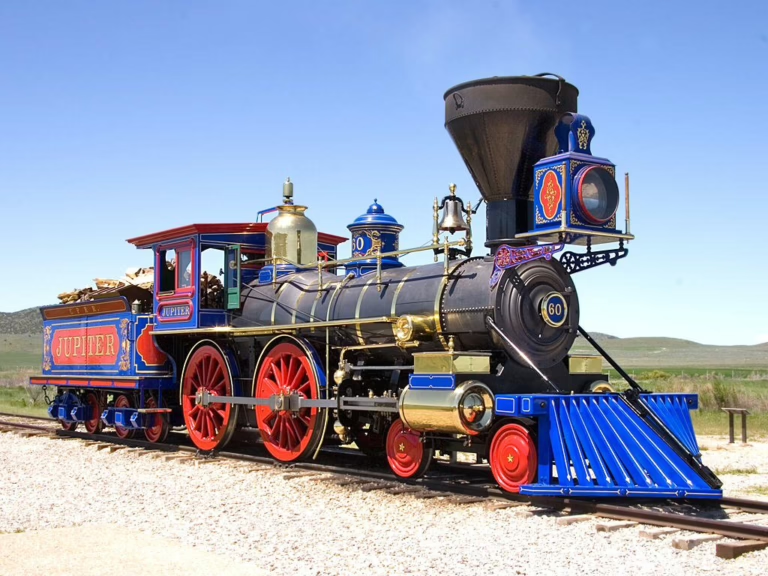
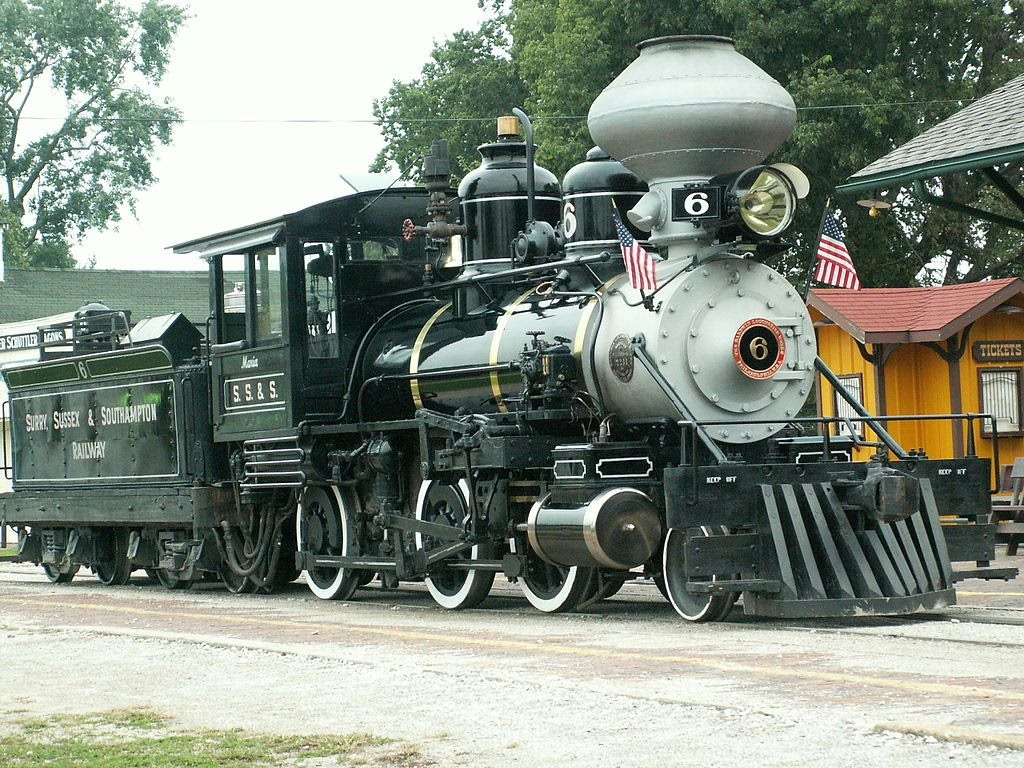
4-6-0 – The Ten-Wheeler
- Era: 1890s–1930s
- Use: Mixed traffic
- Model Suggestion: Bachmann Spectrum 4-6-0
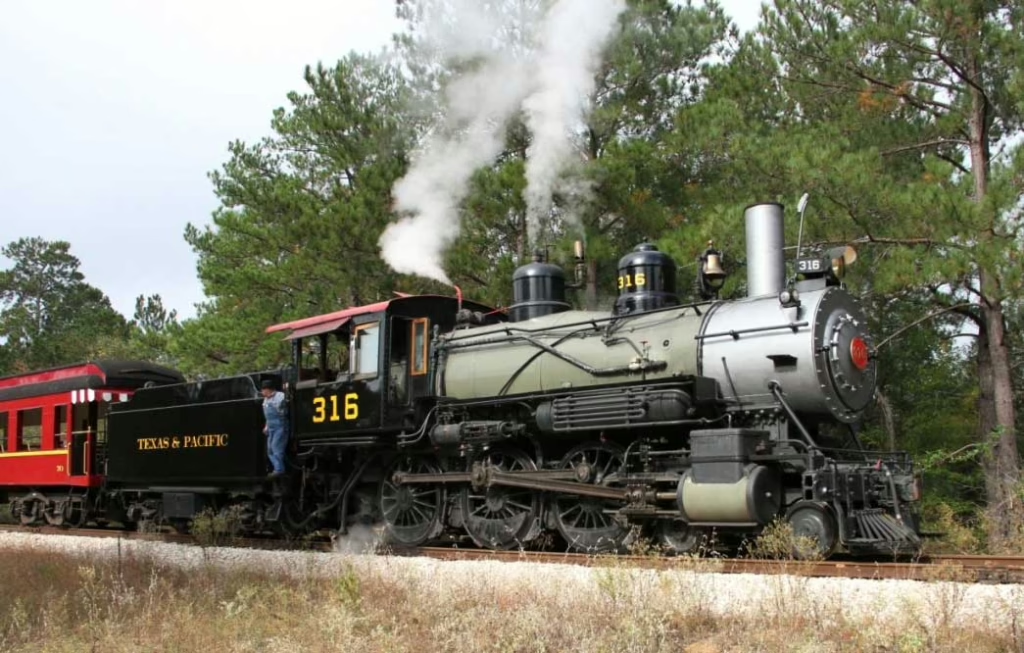
2-8-0 – The Consolidation
- Era: 1860s–1950s
- Use: Heavy freight
- Model Suggestion: Bachmann Spectrum 2-8-0
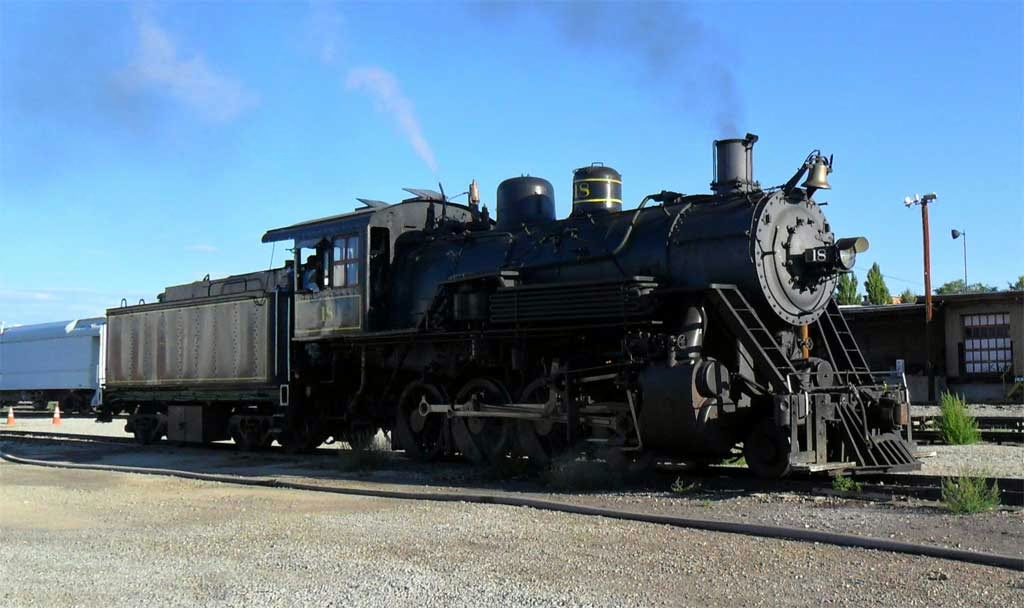
4-6-2 – The Pacific
- Era: 1900–1950s
- Use: High-speed passenger
- Model Suggestion: Broadway Limited 4-6-2 N
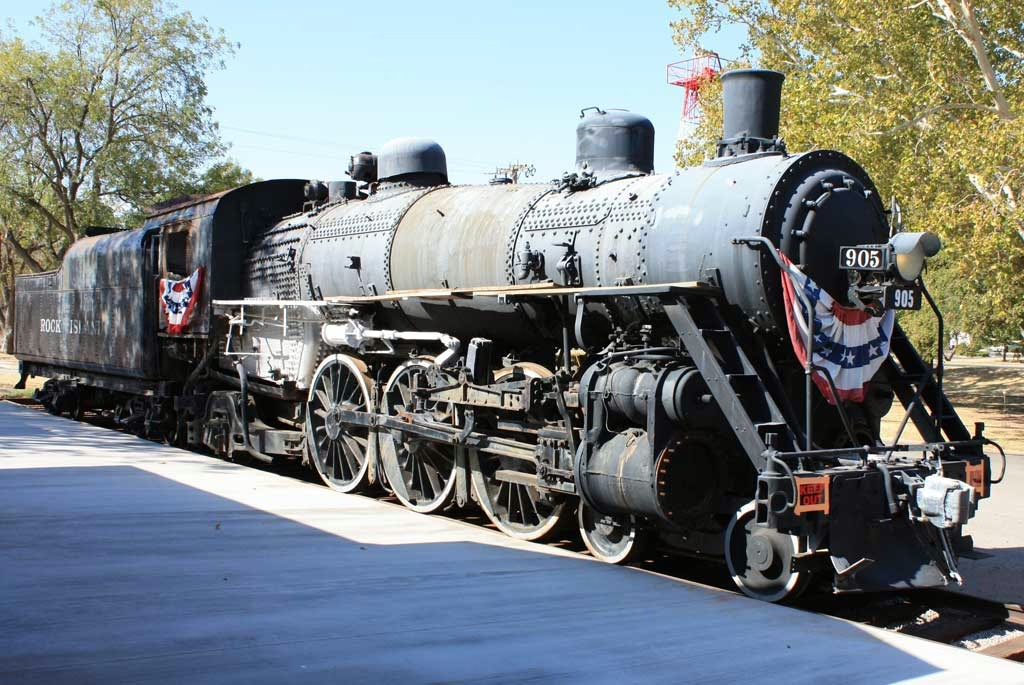
2-10-0 – The Decapod
- Era: 1910s–1950s
- Use: Drag freight and logging
- Model Suggestion: Bachmann Spectrum 2-10-0
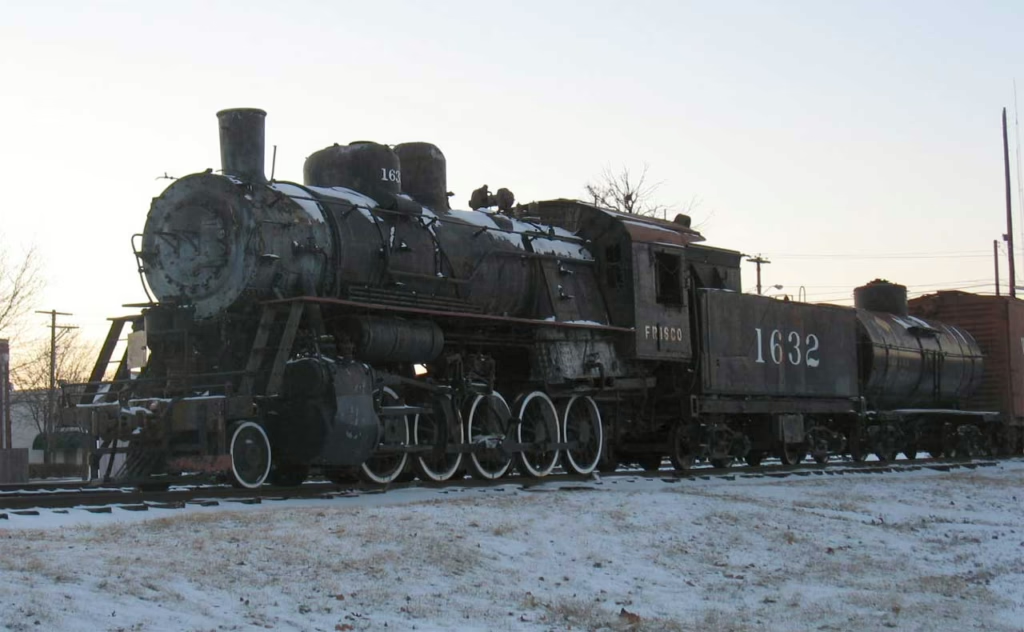
4-8-4 – The Northern
- Era: 1930s–1950s
- Use: Dual-service mainline
- Model Suggestion: Broadway Limited 4-8-4
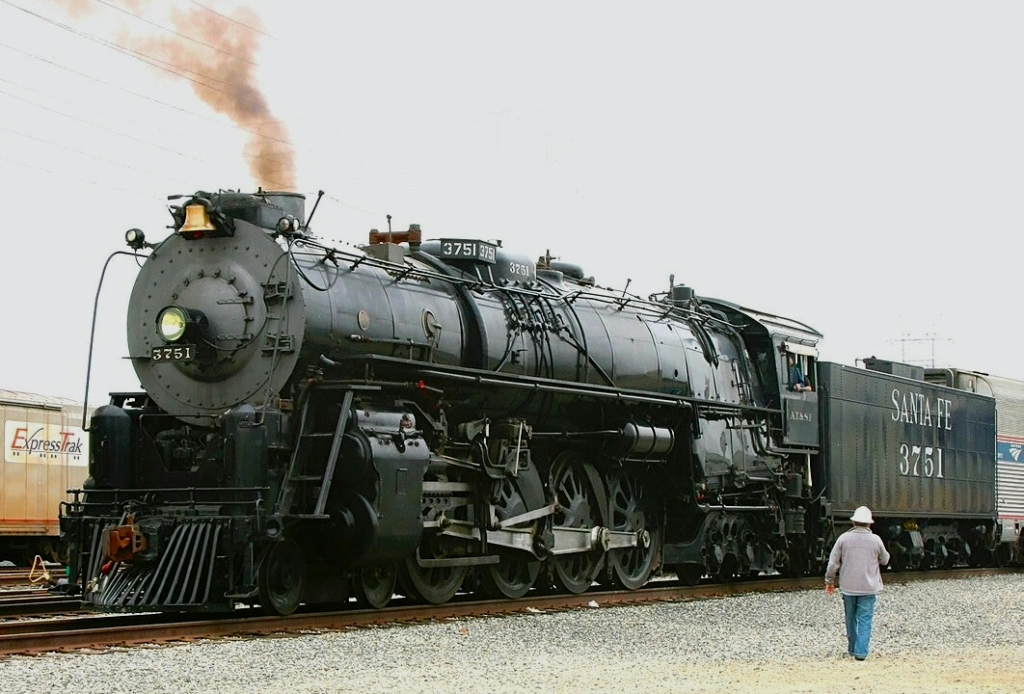
4-8-8-4 – The Big Boy
- Era: 1941–1962
- Use: Massive mountain freight
- Model Suggestion: Kato USA Big Boy HO
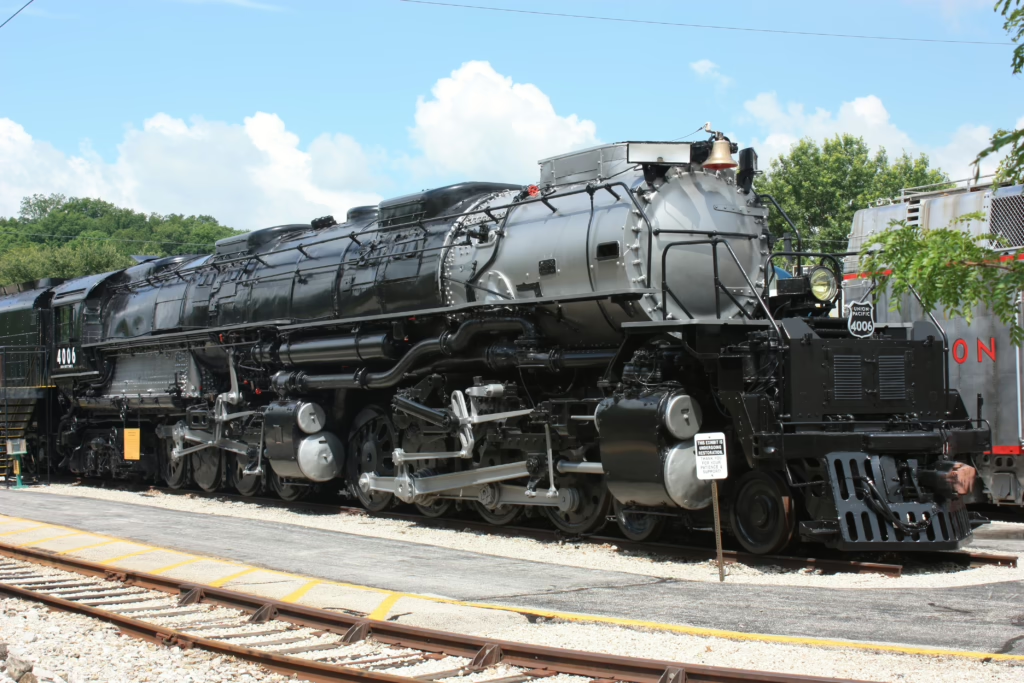
Steam Locomotive Reference Table
|
Type |
Wheels |
Nickname |
Era |
Use |
Ideal for Layouts |
|---|---|---|---|---|---|
|
0-6-0 |
6 |
Yard Goat |
1800s–1900s |
Switching |
Small layouts |
|
4-4-0 |
8 |
American |
1830s–1890s |
Passenger |
Wild West, historical |
|
2-6-0 |
8 |
Mogul |
1860s–1930s |
Freight |
Shortline setups |
|
4-6-0 |
10 |
Ten-Wheeler |
1890s–1930s |
Mixed traffic |
Branch lines |
|
2-8-0 |
10 |
Consolidation |
1860s–1950s |
Heavy freight |
Freight-based layouts |
|
4-6-2 |
12 |
Pacific |
1910s–1950s |
Passenger |
Express trains |
|
2-10-0 |
12 |
Decapod |
1910s–1950s |
Logging and freight |
Grades and industrial lines |
|
4-8-4 |
16 |
Northern |
1930s–1950s |
Passenger + Freight |
Large dual-purpose layouts |
|
4-8-8-4 |
20 |
Big Boy |
1940s–1960s |
Mountain freight |
Wide radius, showcase setups |
Steam Locomotives in Model Railroading
Steam engines bring motion, sound, and history to any model railroad. With DCC and sound capabilities, modern models can replicate the hissing steam, rhythmic chuffing, and iconic whistles of the past.
Tips for beginners:
- Start with smaller wheelbases (like 0-6-0, 2-6-0) for tight curves.
- Match the locomotive type to your layout era and geographic theme.
- Stick with trusted brands like Bachmann, Broadway Limited, and Athearn.
Final Thoughts
Steam engines are more than machines—they’re storytellers. Whether you’re modeling the Wild West, the coal belt, or wartime freight lines, there’s a steam locomotive that fits your vision. Choose wisely, and your layout will come to life with smoke, sound, and nostalgia.
